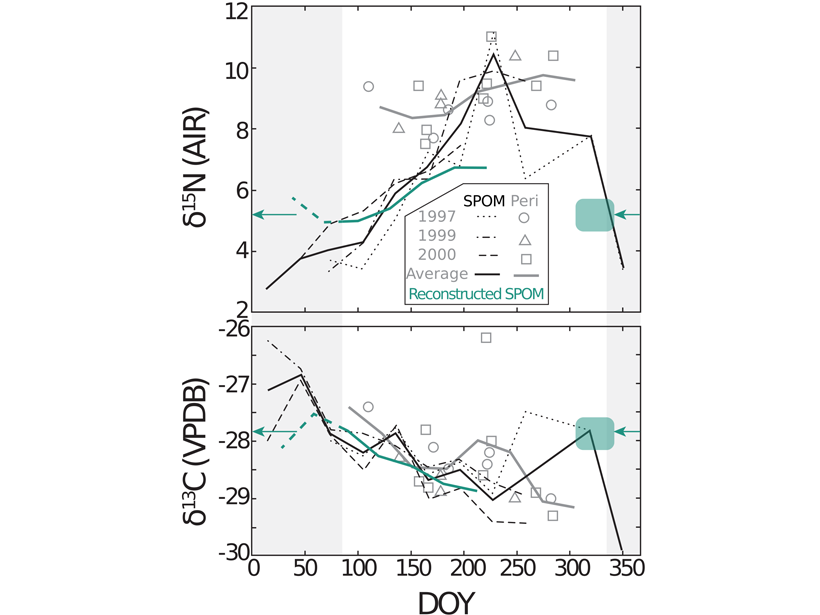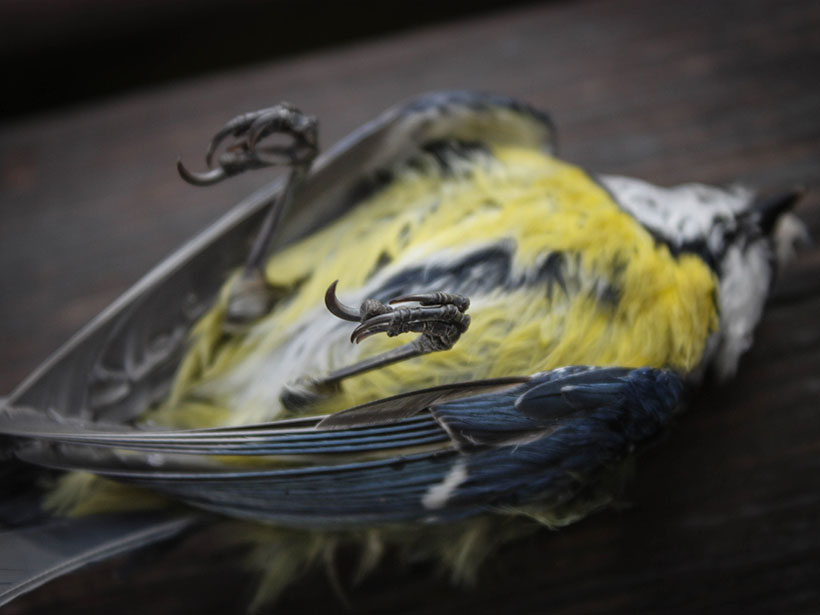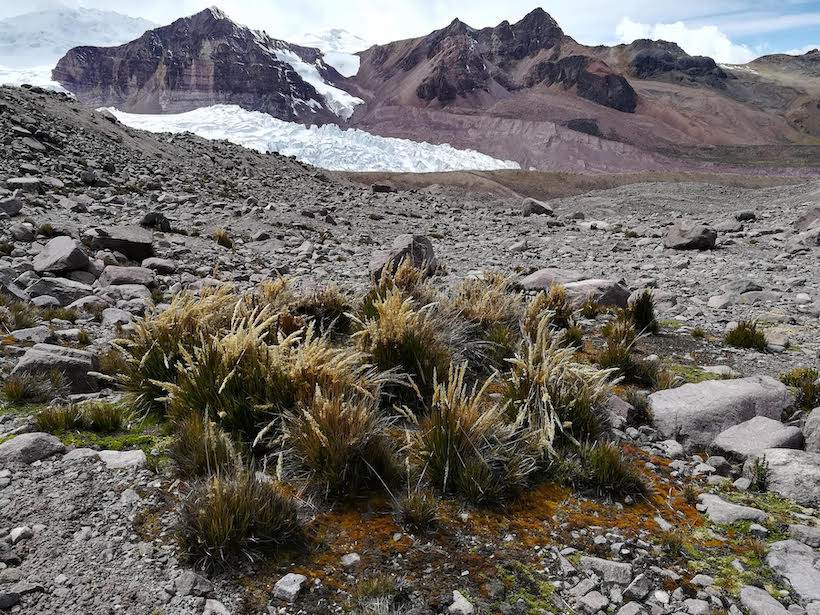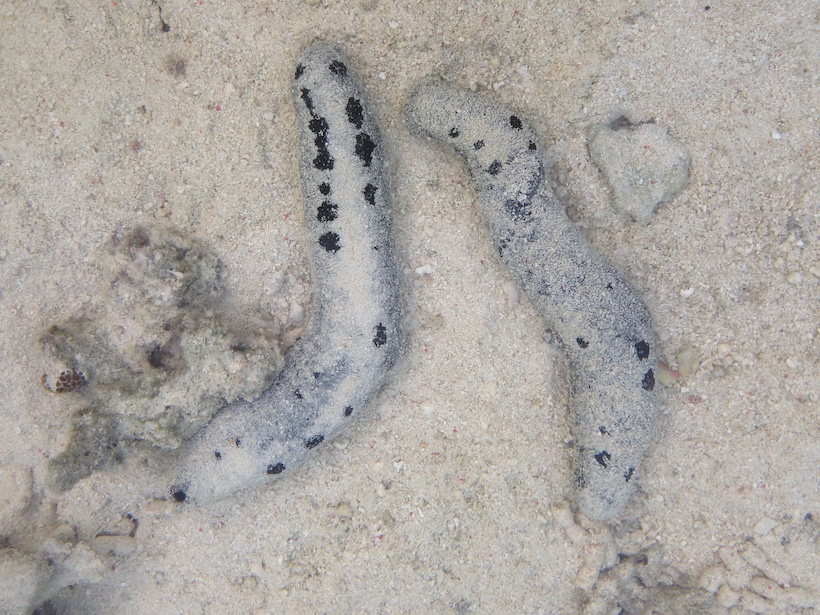Mussel shell periostracum and carbonate bound organic matter document seasonal variability in the isotopic composition of riverine suspended particulate organic matter.
animals
What Happens When Six Sea Turtles Go Rogue
In a study of more than 200 sea turtles, researchers were surprised by six turtles that went their own way.
A Reminder of a Desert’s Past, Before Dingo Removal
A fence spans Australia’s Strzelecki Desert, keeping dingoes out of the southern side. Drone and satellite technology have illustrated how removing this top predator changes vegetation growth.
Why Trillions of Jellyfish Washed Ashore from Canada to California
Although warming oceans may make population booms and mass strandings more common, the species may ultimately be one of the beneficiaries of climate change.
Mass Bird Die-Off Linked to Wildfires and Toxic Gases
Using observations from crowdsourced science and weather location data, researchers concluded that wildfires caused a mass die-off of birds in the western and central United States in 2020.
Vicuña Poop Nourishes “Dung Gardens” High in the Andes
The excrement delivers nutrients like phosphorus and nitrogen, kick-starting islands of vegetation at the edge of the cryosphere.
Sea Cucumbers: The Excremental Heroes of Coral Reef Ecosystems
Drone surveillance reveals just how big a contribution sea cucumbers make to reef habitats.
Measuring Ambient Ocean Sound During the COVID-19 Pandemic
An expanded nonmilitary hydrophone network provides new opportunities to understand the variability and trends of ocean sound and the effects of sound on marine organisms.
Reindeer Have to Eat Up to Survive the Winter
Arctic biologists use 25 years of data to find that warmer autumns might be enough to increase the odds of reindeer’s winter survival on Svalbard.
Sinking Fish May Fast-Track Mercury Pollution to the Deep Sea
Isotopic analysis indicates that mercury found in deep-sea organisms may have an origin in carrion from near the surface.










